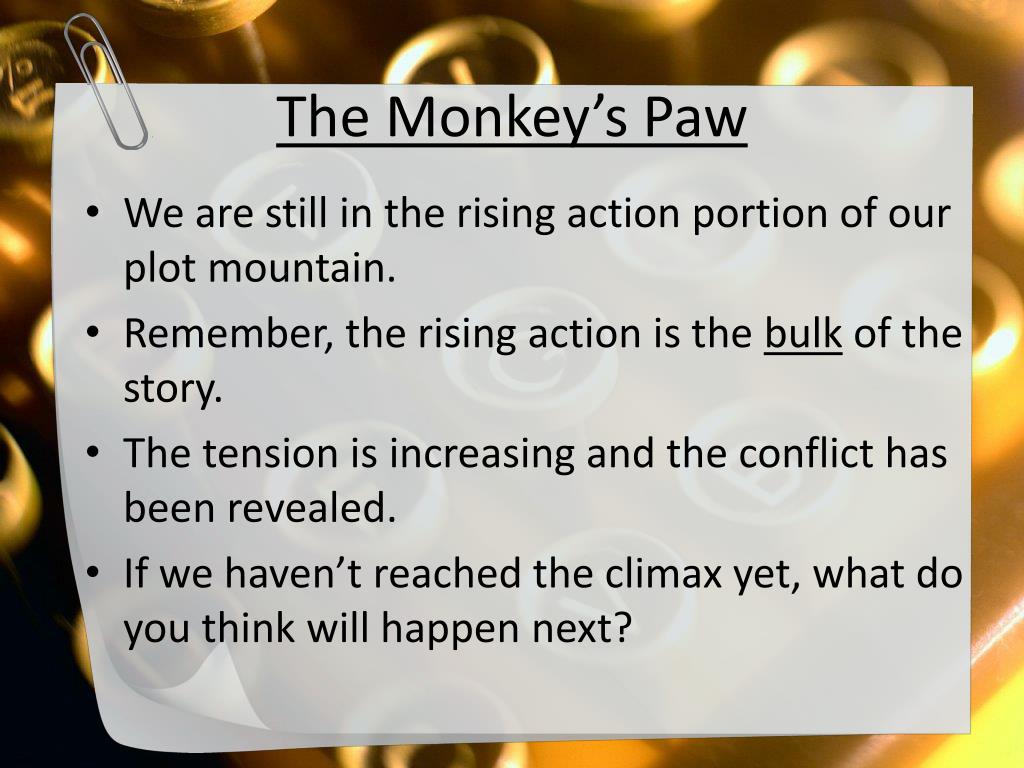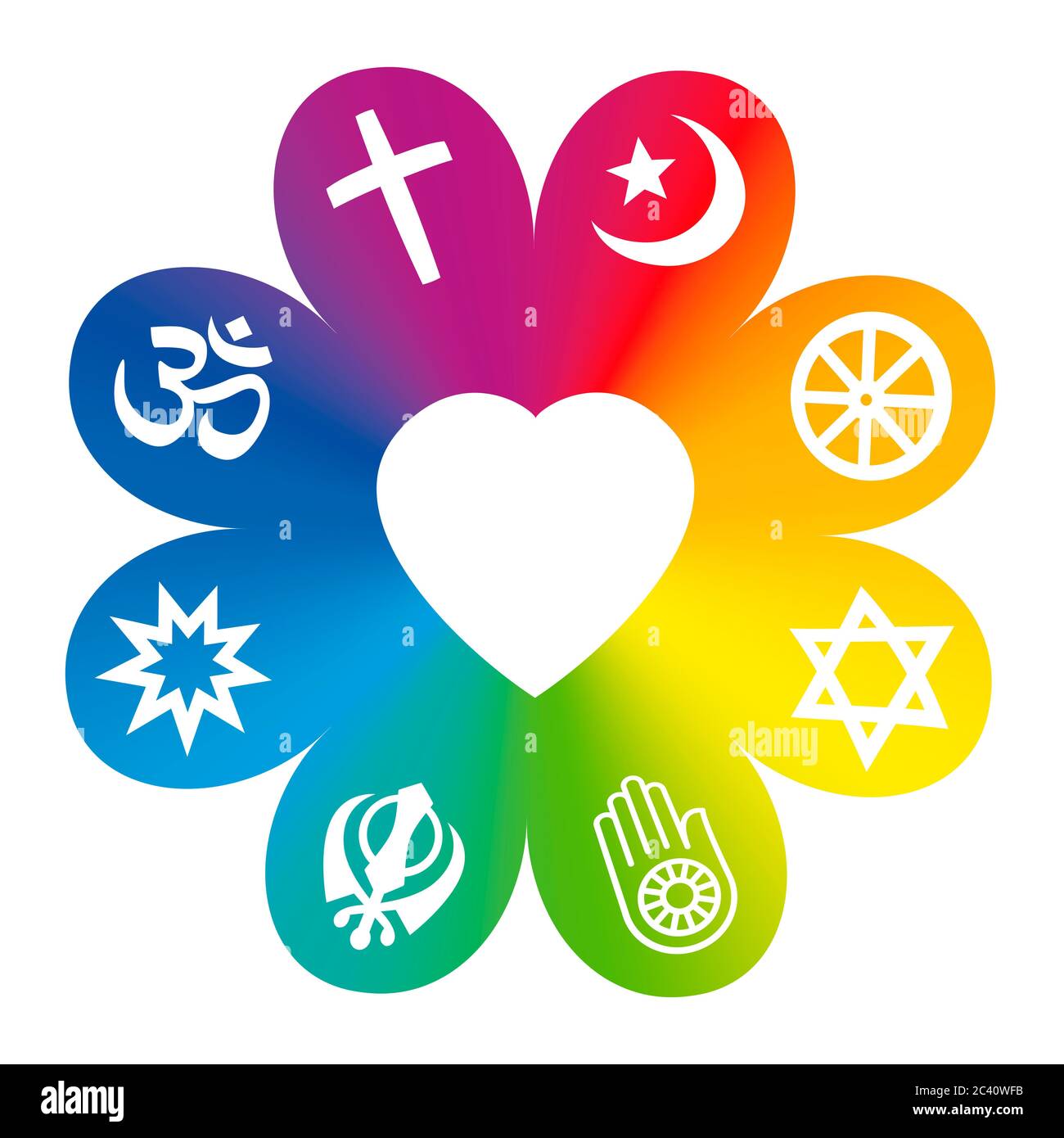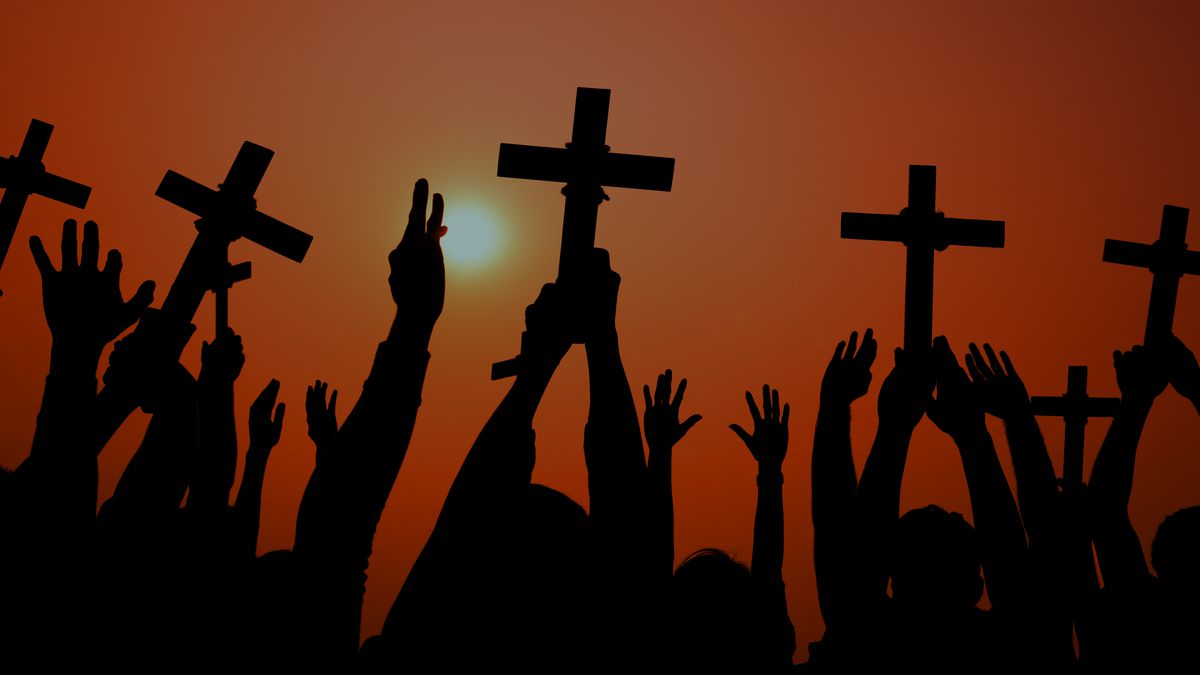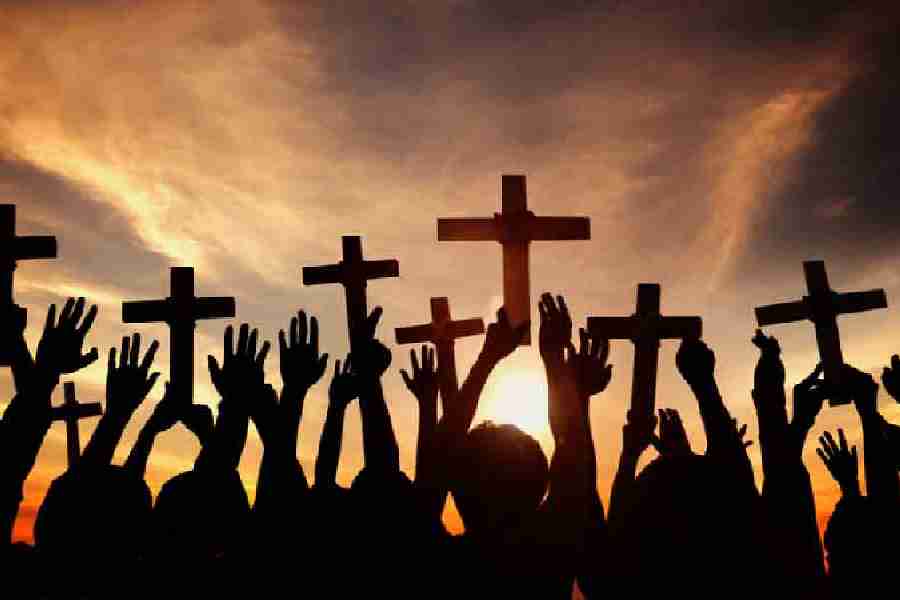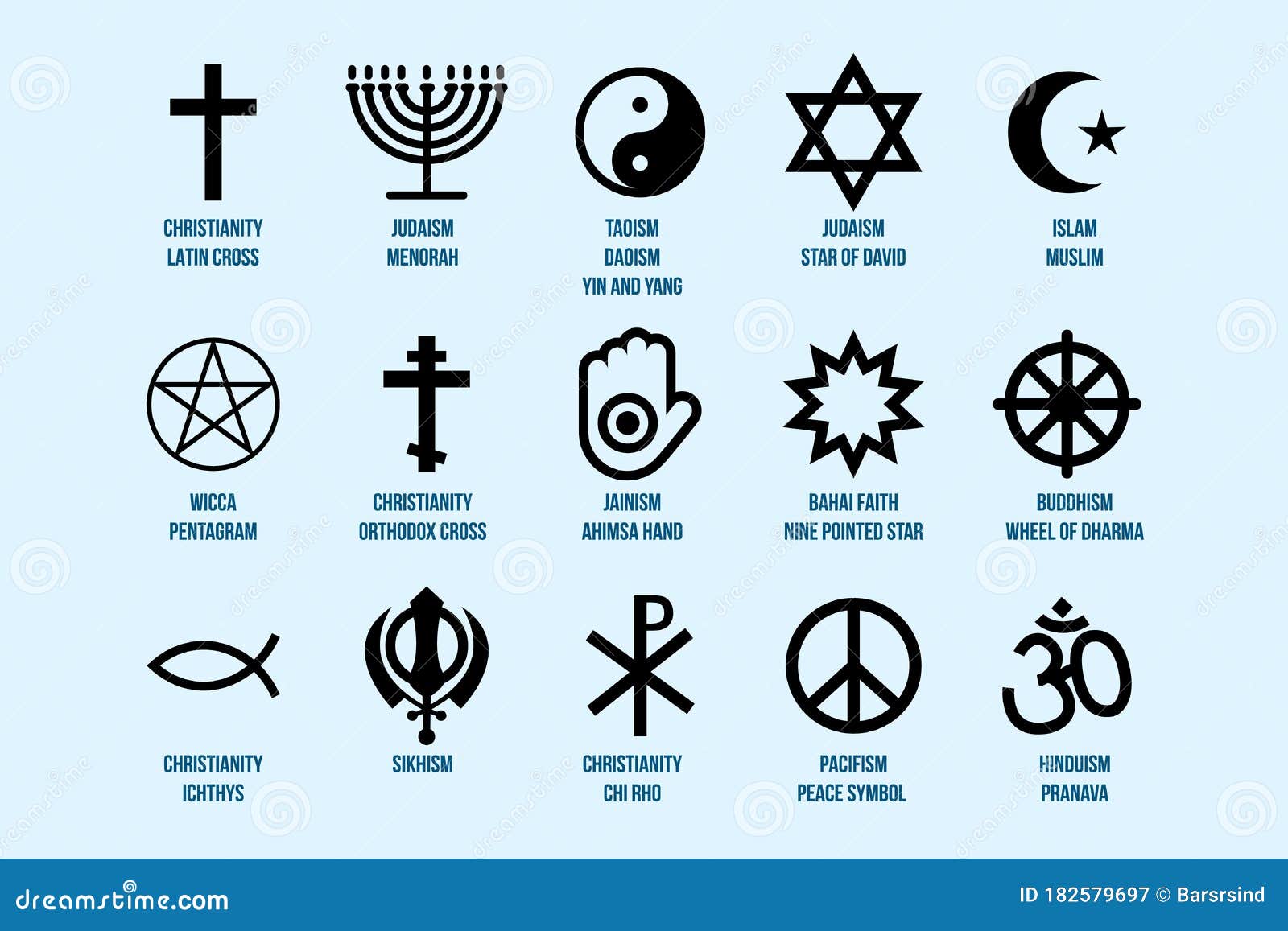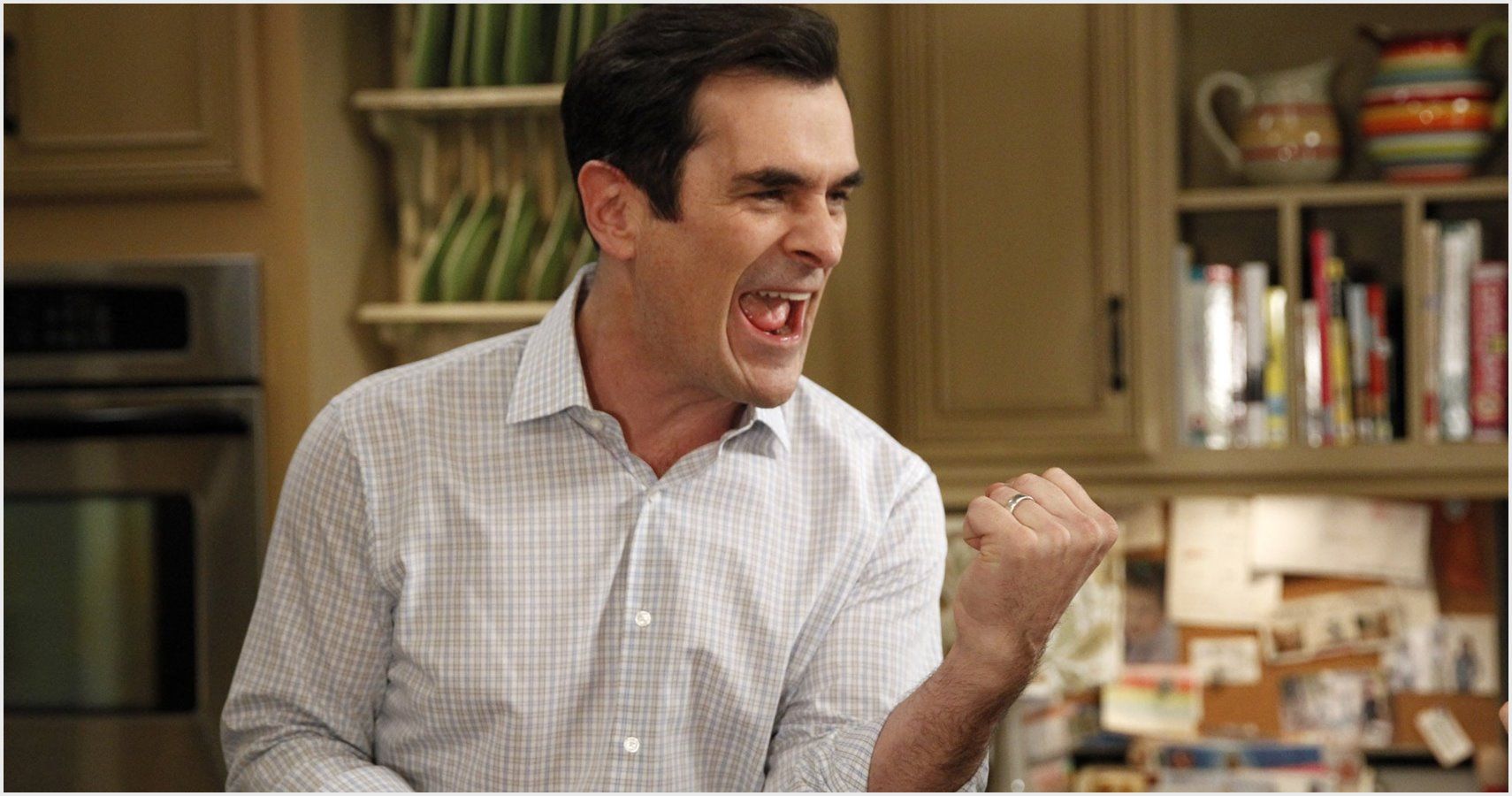Super Bowl LIX Halftime Entertainment: Inside Kendrick Lamar’s Star-Studded Performance
Introduction: The Halftime Show Phenomenon
The Super Bowl halftime show is a cultural event that rivals the game itself in anticipation and spectacle. Each year, the National Football League (NFL) partners with top music and entertainment industry figures to craft a performance that captivates millions worldwide. For Super Bowl LIX, held at the Caesars Superdome in New Orleans on February 9, 2025, the halftime entertainment delivered on high expectations with a combination of musical mastery, celebrity appearances, and social commentary [4] .
Kendrick Lamar: Headliner and Creative Visionary
Kendrick Lamar , the Pulitzer Prize-winning rapper famed for his incisive lyrics and dynamic stage presence, was the headline performer for Super Bowl LIX’s halftime show. The selection, announced by the NFL and Apple Music in September 2024, generated significant industry buzz and debate, especially among fans of New Orleans native Lil Wayne [4] . Lamar’s reputation for blending artistry with activism brought a fresh dimension to the halftime tradition, especially as his recent tracks “Like That” and “Not Like Us” had topped Billboard charts in 2024 [3] .
Lamar’s creative company, PGLang, steered the show’s artistic direction, ensuring a performance that was both visually stunning and thematically resonant. The telecast was produced by Diversified Production Services and directed by Hamish Hamilton, with executive production from Jesse Collins, Jay-Z, and Roc Nation [4] .

Source: ryderidris.pages.dev
Star-Studded Guest Lineup
Amplifying the excitement, Kendrick Lamar was joined by a diverse roster of guest performers:
- SZA : Grammy-winning singer-songwriter, appearing as a special guest and lending her vocal talent to the show [1] .
- Samuel L. Jackson : The acclaimed actor made multiple appearances, including a memorable opening segment dressed as Uncle Sam [1] .
- Serena Williams : Tennis legend Serena Williams surprised viewers with a dance cameo onstage [1] .
- Mustard : Renowned record producer and DJ, adding further musical flair to the performance [4] .
Additional performers included sign language interpreters and musical artists for pre-show anthems, reflecting the NFL’s commitment to inclusivity and accessibility [1] .

Source: goodreads.com
Show Highlights and Themes
The halftime show began around 8:30 p.m. ET, drawing a combined 133.5 million viewers across broadcast, cable, and streaming, making it the most-watched halftime show in U.S. history [4] . Lamar’s set was widely praised for its production quality and powerful messaging, particularly the commentary on civil rights and current social issues. The show’s choreography, set design, and musical transitions created a visually engaging narrative that resonated beyond the stadium [2] .
Accessing Halftime Show Highlights
For viewers seeking to rewatch or catch up on the halftime entertainment, the following official recommendations are available:
- The live U.S. broadcast aired on Fox and Fox Deportes. Full replays are often posted on the official NFL website and affiliated platforms. You can search “Super Bowl LIX halftime show replay” on nfl.com or visit Fox’s official sports portal.
- Streaming was available via Tubi and NFL+ during the event. To watch highlights, search “Super Bowl LIX halftime show” on these platforms or check their respective apps for featured content.
- International viewers (excluding U.S. and China) could stream the show on DAZN . Navigate to DAZN’s American Football section and look for Super Bowl LIX coverage [3] .
- Major news outlets, including CBS News , provide event recaps and performance breakdowns. Visit CBS News and search “2025 Super Bowl halftime show” for articles and video summaries [1] .
- YouTube hosts official highlight clips and media coverage. For verified content, search “Kendrick Lamar Super Bowl 2025 halftime show” and filter by uploads from NFL, Fox Sports, or CBS News [5] .
If you encounter issues finding the official stream, you may contact NFL customer service or visit the help section of Fox Sports and DAZN for guidance.
Step-by-Step Guidance to Watch or Review the Halftime Show
- Determine your preferred platform: Fox Sports, NFL+, Tubi, DAZN (international), CBS News, or YouTube.
- Use the search term “Super Bowl LIX halftime show” or “Kendrick Lamar halftime performance 2025”.
- Check official portals first for full-length videos or highlight reels. For example, on NFL.com, navigate to the Super Bowl section and look for halftime content.
- If you prefer news summaries, use CBS News or Fox Sports for curated coverage and expert analysis.
- For commentary and discussion, visit verified social media accounts such as NFL, Fox Sports, or Kendrick Lamar’s official profiles.
Note: Availability of full replays may vary due to broadcasting rights. If content is not available on your platform, consider alternative sources like YouTube, but always confirm the uploader’s authenticity.
Overcoming Access Challenges and Finding Alternatives
Some viewers may encounter geo-blocks or paywalls. To address this:
- If outside the U.S., DAZN offers affordable streaming options. Check for local access before subscribing [3] .
- If unable to access Fox Sports or NFL+, consult your cable or satellite provider for rebroadcast schedules.
- Major news organizations typically publish highlight reels within hours of the event. Use CBS News and official NFL social media for verified clips [1] .
- Always avoid unofficial streaming sites, as these may violate copyright laws or contain insecure content.
Cultural Impact and Industry Response
Super Bowl LIX’s halftime entertainment was not just a musical showcase but a statement on the evolving landscape of sports and popular culture. Industry critics praised Kendrick Lamar’s selection for its relevance and artistry, while some fans debated the absence of local icons. The show’s massive viewership and social media engagement suggest a growing appetite for halftime acts that blend entertainment with meaningful commentary [4] .
For marketers and event planners, the 2025 halftime show exemplifies the potential of live events to drive engagement, reinforce brand partnerships, and spark public conversation. It also highlights the importance of accessible, multi-platform content distribution to reach global audiences.
Summary and Key Takeaways
The Super Bowl LIX halftime entertainment, headlined by Kendrick Lamar and featuring SZA, Samuel L. Jackson, Serena Williams, and Mustard, set new standards for viewership, production quality, and cultural relevance. Access to official highlights is available through Fox Sports, NFL+, DAZN, CBS News, and verified YouTube uploads. For comprehensive access, always use official channels and search terms, and consult customer support if needed.
References
- [1] CBS News (2025). Full list of Super Bowl LIX halftime show performers and highlights.
- [2] Fox Sports (2025). Kendrick Lamar headlines Super Bowl LIX halftime show.
- [3] DAZN (2025). Super Bowl 2025 halftime show preview and access details.
- [4] Wikipedia (2025). Super Bowl LIX halftime show overview and analysis.
- [5] YouTube (2025). Official highlight clip of Kendrick Lamar’s Super Bowl halftime performance.
MORE FROM cheerdeal.com
